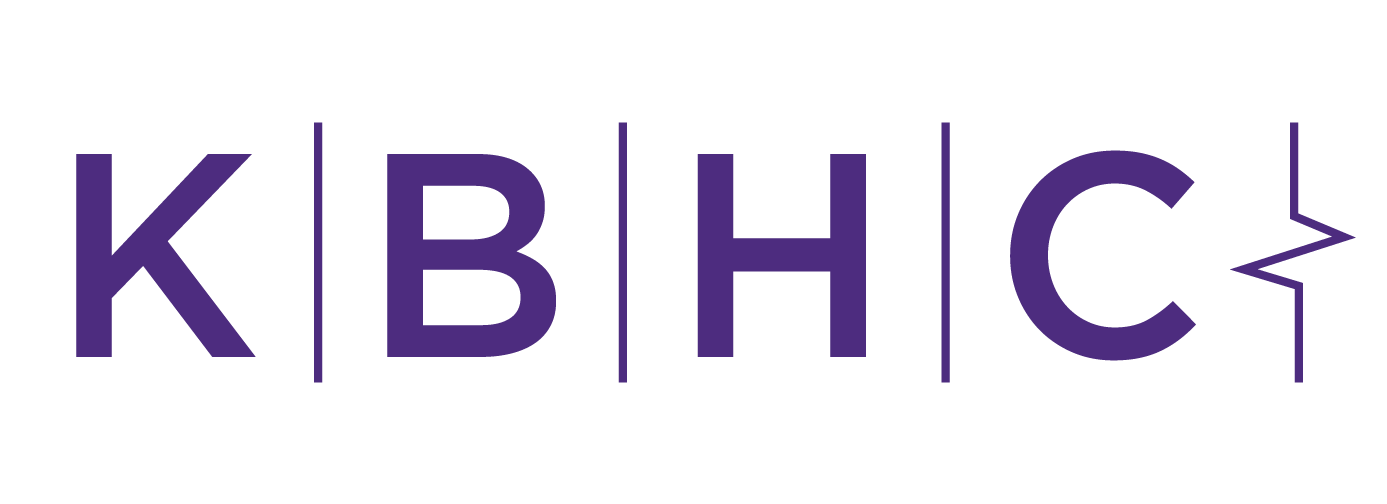Future of the Healthcare Supply Chain
By Darshan Thakkar, Kellogg ‘21
Over the previous forty years, we have witnessed a dramatic shift to global supply chains all across major segments of the US economy. Free trade policies have supported this shift as the increasingly global economy has incentivized companies to leverage their unique competitive advantages such as proximity to natural resources and the cost / availability of the local labor force. In practice, this has resulted in activities such as manufacturing of basic goods to shift away from domestic supply chains to an international network of companies. This, in particular, is the current state of the healthcare supply chain.
While there are unique nuances, most consumable healthcare products (e.g., face masks, disposable gloves, and hospital gowns) are manufactured outside of the United States with a majority of them manufactured in China or Southeast Asia. Even for products domestically produced such as medical devices, pharmaceuticals, or hand sanitizer, most of the source materials that go into manufacturing these goods are actually sourced from outside of the US. Manufacturers and Distributors have seen significant cost savings as a result, and the overall healthcare industry has shared in not only these savings but also the efficiencies that have been achieved through these complex supply chains.
In normal times, the industry’s supply chain provides the best economic bang for our buck. However, the Covid-19 pandemic has magnified the fact that during times of crisis this type of supply chain fails in the worst possible way. During the initial stages of the pandemic, this was highlighted by the significant shortage across the US in supplies such as basic personal protective equipment or chemical reagents for testing. In other words, paying fifty cents on the dollar for products manufactured in China versus the US makes logical sense. However, if the Chinese manufacturer only has a limited capacity to serve normal demand or if there is a run on these products in the local market, U.S. demand for these products goes unmet and leaves our nurses and doctors at a significant disadvantage.
The Covid-19 pandemic, as a result, has kick-started many conversations across the industry and regulators to bring back certain segments of the healthcare supply chain to North America (including our neighbors to the south). Once the pandemic is behind us, suppliers will have to make tough choices as to which products to continue sourcing from international vendors and which to source regionally. While this transition will not be easy and likely more costly, the risk of not taking this action is far greater in the long run. We will potentially see the government playing a larger role in funding projects for domestic companies or providing tax incentives to support this shift. In addition, there may also be a broader push across the industry, starting with large IDNs asking for more ‘Made in USA’ products to incentivize the shift in supply chain.
Changes in other industries may also impact the economic viability of these decisions. As noted, many of the raw materials that go into products such as plastics, non-woven materials, and other textiles are manufactured overseas. Shifts in the production of these materials and changes in commodity prices will have a significant impact on what we are able to produce domestically. As a result, even if we start producing products like face masks and gowns domestically, we may still be reliant on international vendors for these products as the source materials may be difficult to procure in a cost effective way locally.
The next ten to fifteen years should be an interesting time for the healthcare supply chain. One thing is for certain though, change is coming.
ABOUT THE AUTHOR
Darshan Thakkar: Darshan Thakkar is current MBA student in Northwestern Kellogg’s Evening & Weekend MBA Program. Darshan works full-time at one of the leading healthcare suppliers in the United States, Medline Industries, as a Finance Manager overseeing the financial team supporting six divisions and four domestic manufacturing plants. Prior to Darshan’s role at Medline, he worked at the public accounting firm Grant Thornton in their M&A Transaction Services practice as Diligence Manager. During his time there, Darshan supported the completion of three unique M&A deals in the healthcare space.
Note: the comments in this blog post are not representative of Medline Industries nor are they based on any private information from my employer or related interactions.

